Why Aflatoxin M1 Limits Vary Wildly Around the World
It started with 100,000 dead turkeys in England in 1960. What scientists discovered in that...
Read ArticleDiscover the latest insights from SGS DIGICOMPLY
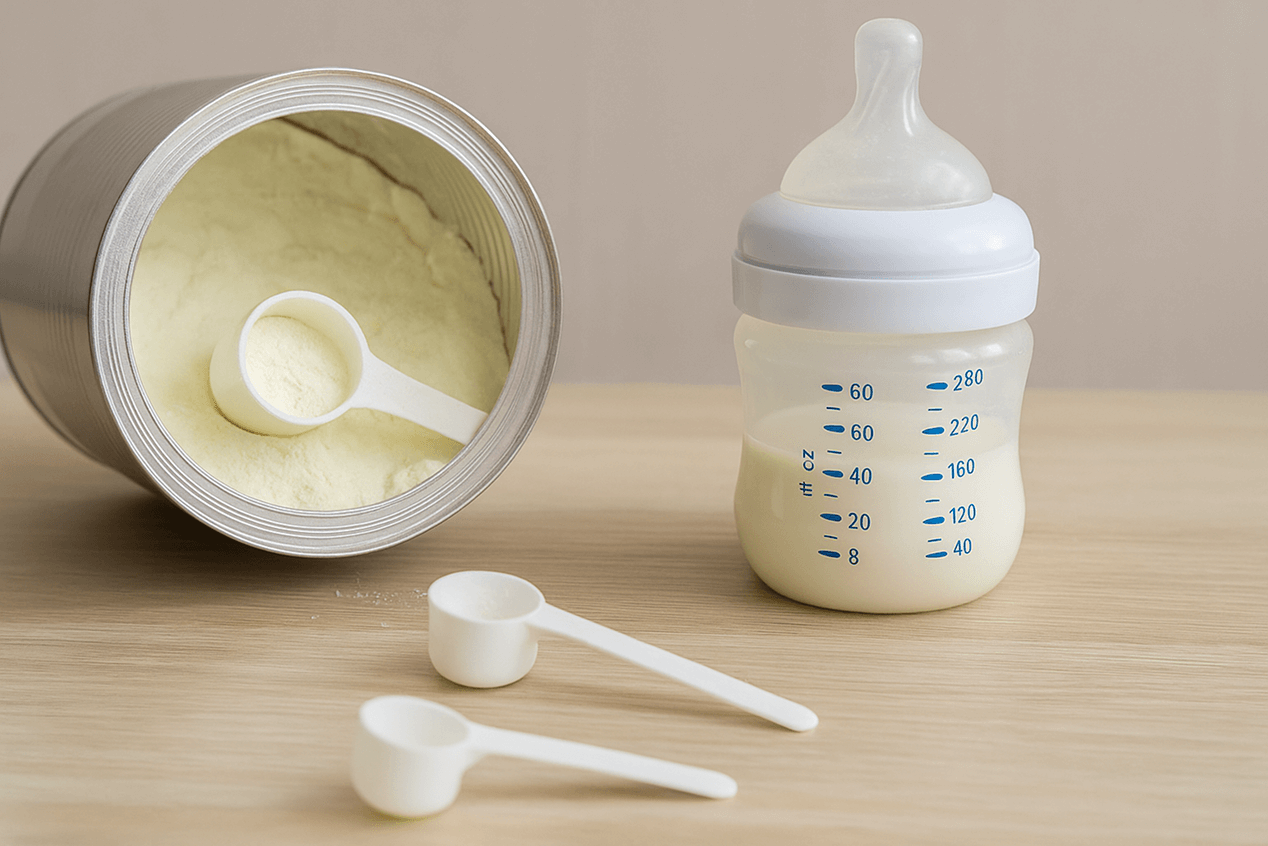
It started with 100,000 dead turkeys in England in 1960. What scientists discovered in that...
Read Article
It started with 100,000 dead turkeys in England in 1960. What scientists discovered in that...
Read more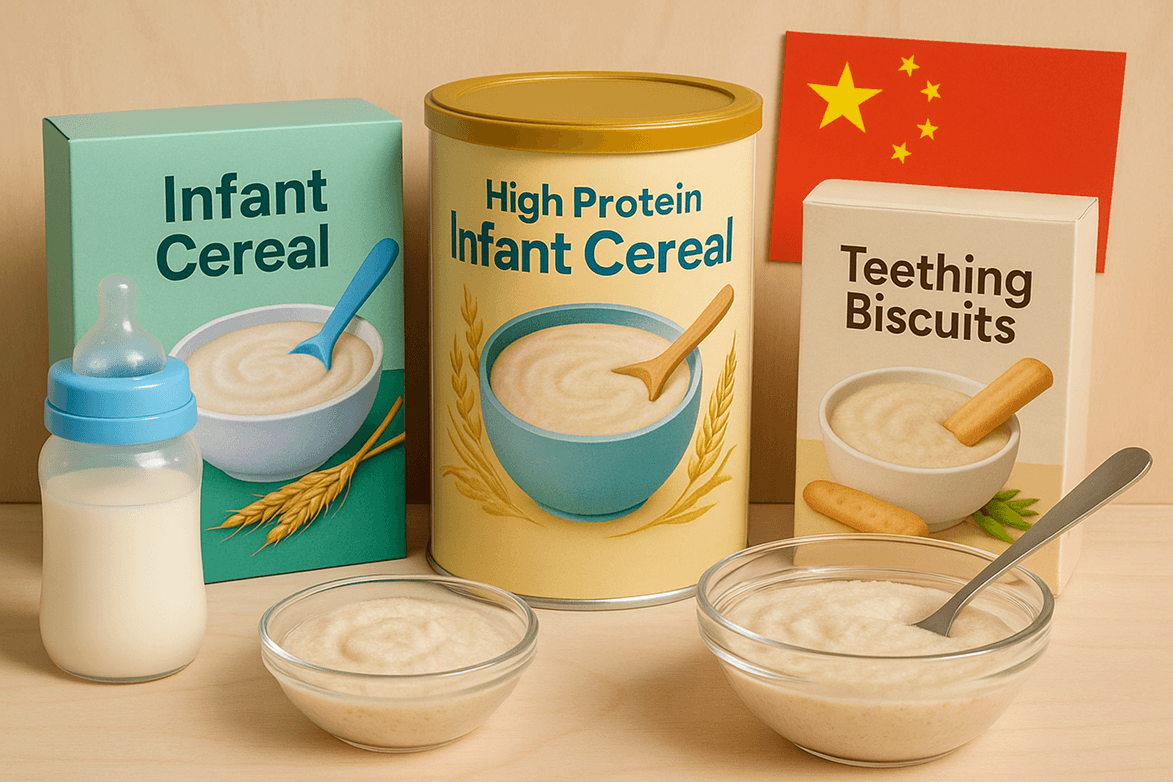
Effective March 2026, China introduces major revisions to its national food safety standards for...
Read more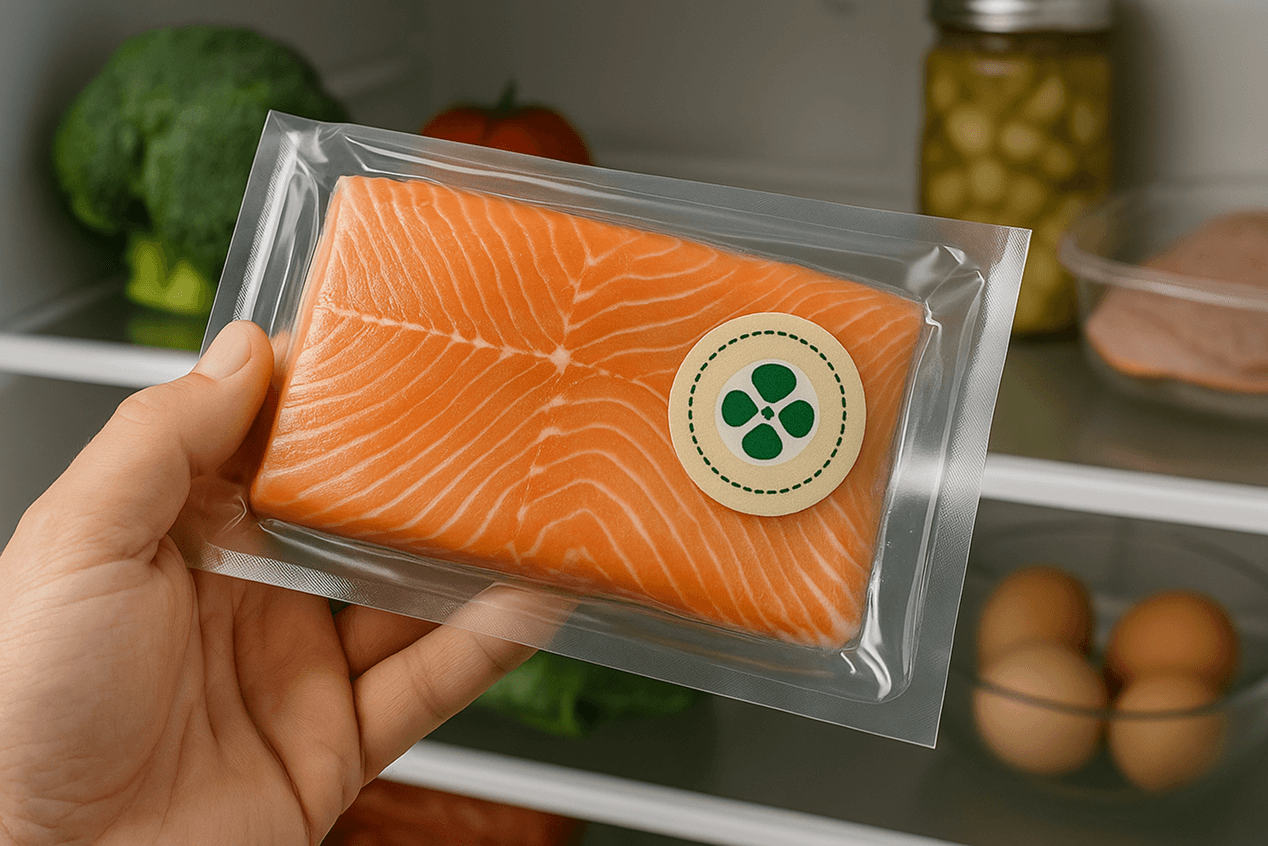
In recent years, the concept of smart packaging has taken a dramatic leap—from intelligent labels...
Read more
Every summer, across coastal regions from Canada to Hong Kong, a quiet but potentially serious...
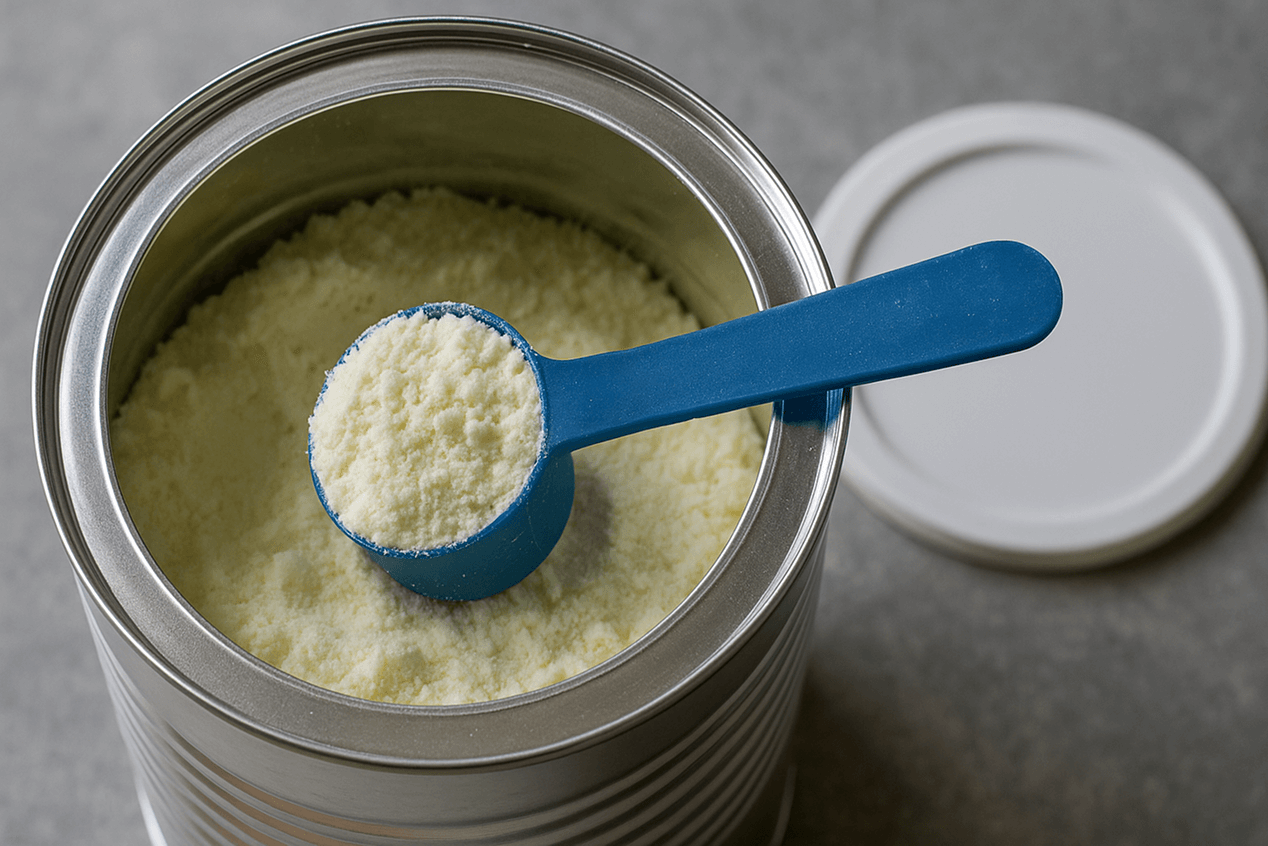
In 2022, powdered infant formula came under the harsh spotlight of global food safety scrutiny...
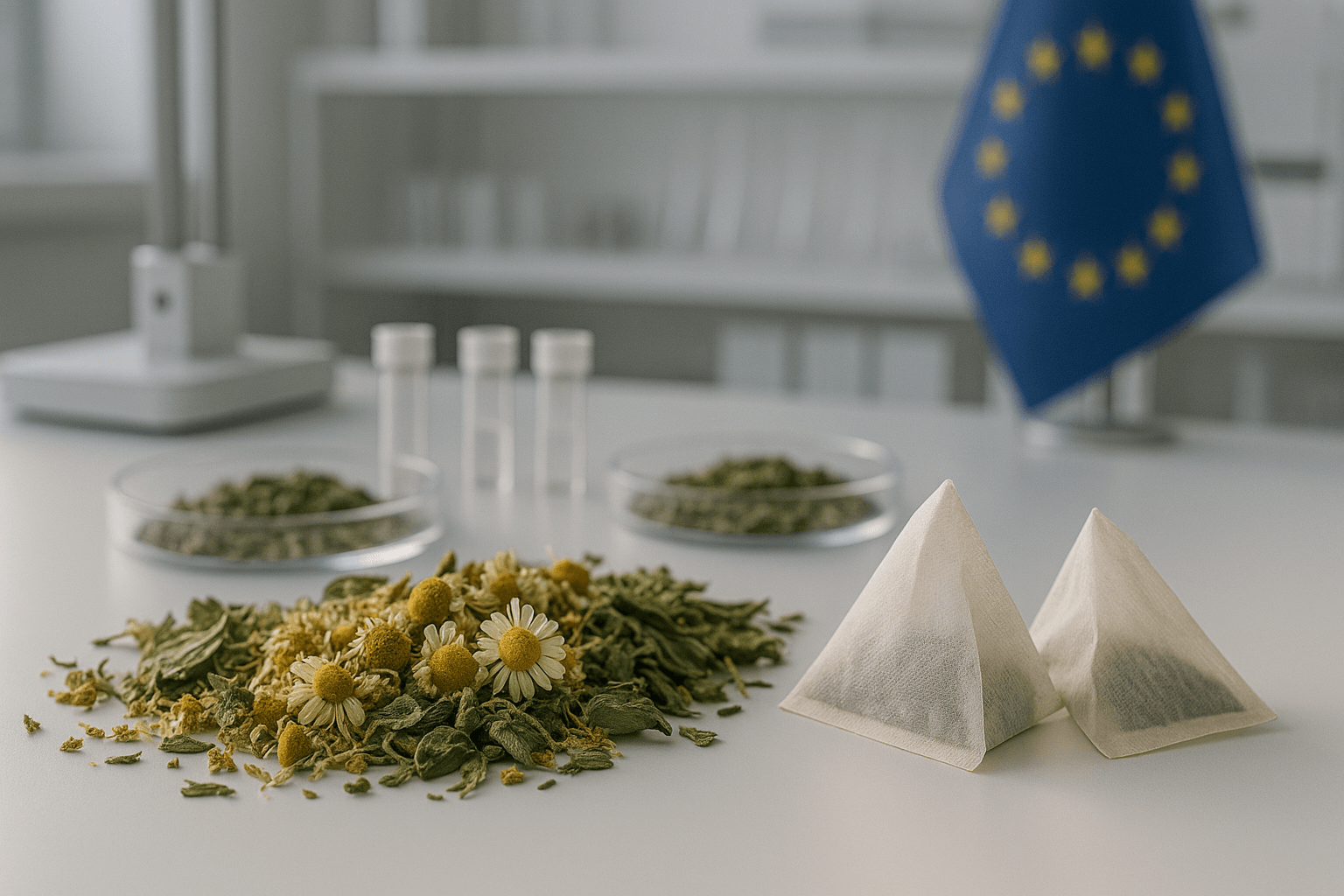
Herbal teas market themselves as natural, wellness-focused alternatives to traditional beverages....
Read more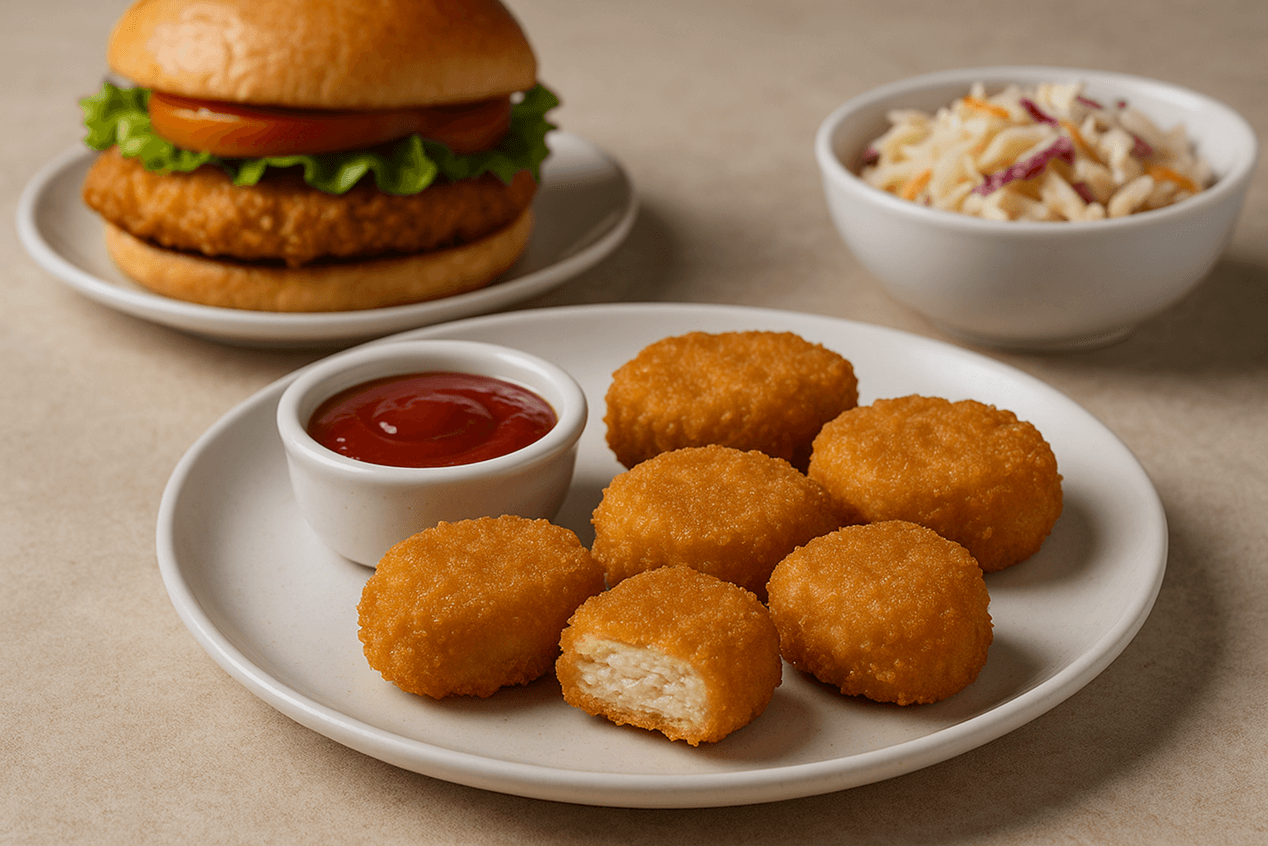
Hybrid foods that combine field-grown ingredients (like plants or conventionally farmed meat) with...
Read more
Starting January 1, 2026, Denmark is drawing a hard line in the sand for food contact materials—and...
Read more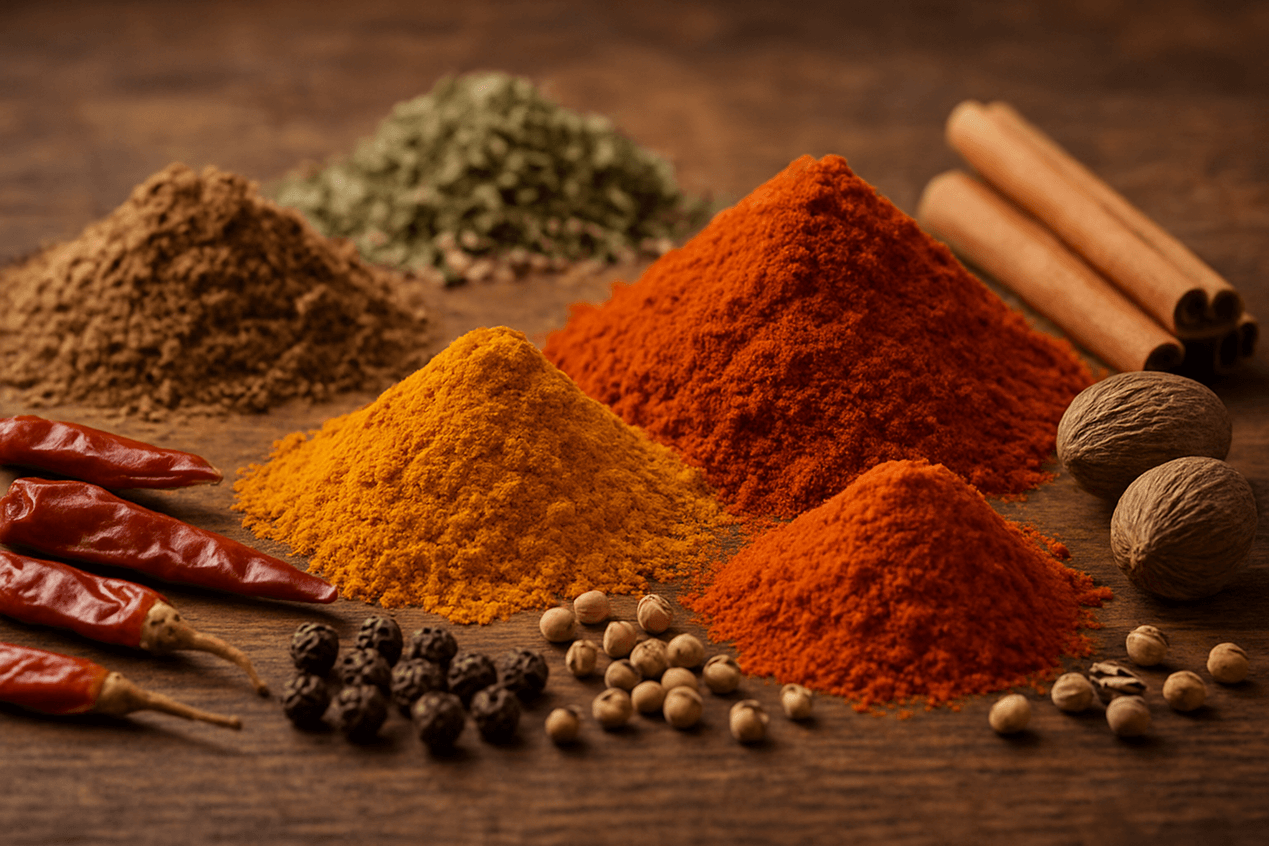
Ethylene oxide (EO) has become one of the most closely monitored substances in global food trade —...
Read more
A bag of frozen strawberries sits in your freezer. Organic. Convenient. Perfect for smoothies. It...
At first glance, “real-time traceability” can sound like another industry buzzword. But ask anyone...
Read more
Remember when everyone said January 2026 was the hard deadline for FSMA 204 compliance? The FDA has...
Read more